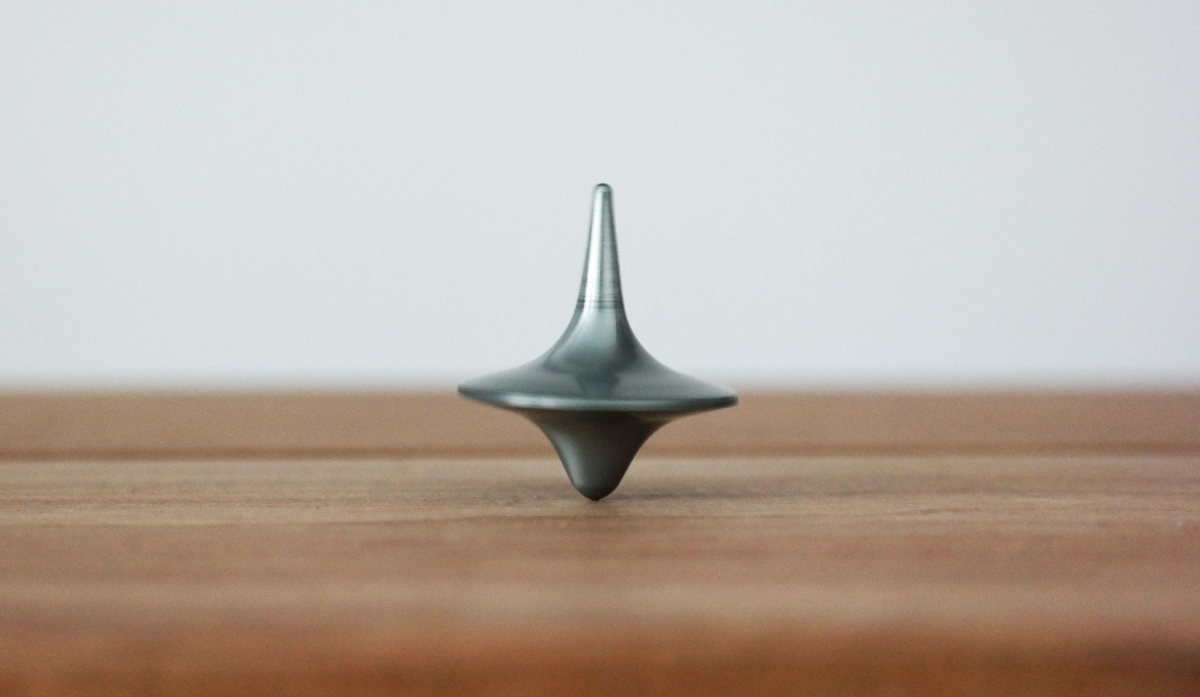The DiSC Profile, Explained: How Two Identical DiSC Styles Can be Unique







 Make Mindfulness Your Superpower
Make Mindfulness Your SuperpowerWhether you work from home, an office, on location, or somewhere in between, mindfulness is a powerful resource in your leadership toolbelt.
If your objective is creating a calm and focused workspace, being more present and trusting of your own innate intelligence, being open to new possibilities, fighting fatigue, or overcoming procrastination, mindfulness can be a superpower you can tap into when needed.
There are many aspects of mindfulness and for the purposes of this article, we’re looking at using mindfulness to help you, or your leaders, at work—whether that is overcoming disruptions, helping to focus on important tasks, or enhancing creativity and productivity.
A University of California Study* found that it takes us over 23 minutes to refocus after a single interruption. Think about how many times you are interrupted during the day, whether it is urgent emails, real demands like a customer in need, distractions, questions popping up, text messages, alerts, noises, or a loud environment. Sometimes there is no way to really cut back on the reality of workplace interruptions, but it is likely that you can work on how you react and respond to them by practicing mindfulness techniques.
I was once facilitating a challenging retreat for a team. I was personally drained and had another half-day to get through. I felt like running away and not coming back. During the lunch break, I found a quiet room and opened my Headspace app. I put in my earbuds and listened to a 10-minute meditation. Frankly, I was surprised at how much it helped and how much better I felt. I was rejuvenated, my mood had shifted, and my energy was back up.
This moment taught me that mindfulness doesn’t have to mean a 3-month stay in a monastery or a weekend retreat. We can gain presence in the moment and combat fatigue with a simple playlist of ideas:
Regardless of how much time you have, we can all do a little bit each day to help combat fatigue and gain the physical and mental benefits of mindfulness. For me, I’ve found micro-mindfulness the best place to start, and then have tried to work my way up to longer mindfulness breaks when my schedule allows. Think about what will work best for you, your schedule, your responsibilities, your physical location, and your workplace. Where can you start to practice mindfulness (even starting this week)?
*The Cost of Interrupted Work: More Speed and Stress
Photo by Christophe Hautier on Unsplash






We're excited to partner with you to empower your leaders. Let us
know how we can be of service!